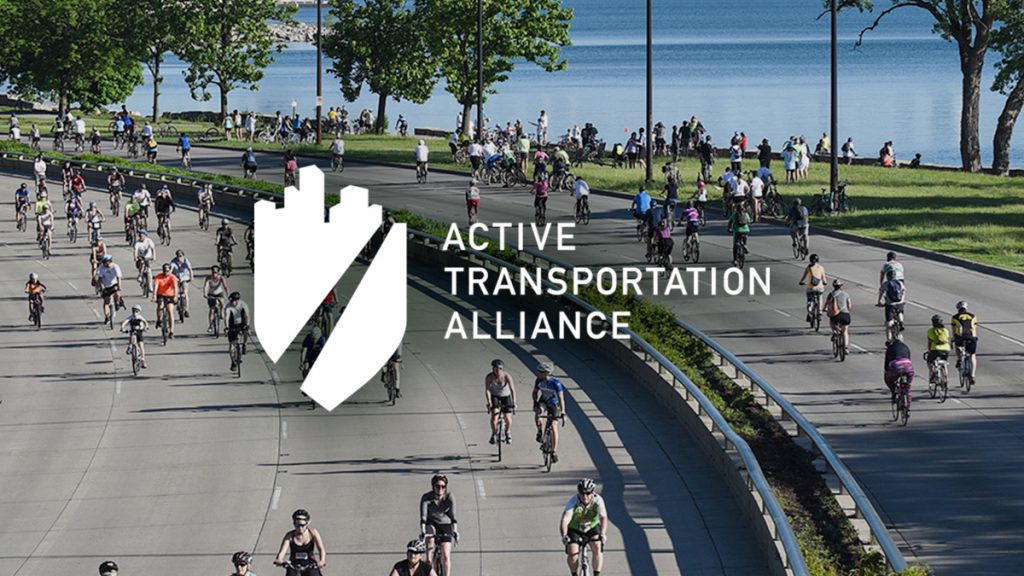Expanding I-55 would worsen climate change, increase pollution, and put already overburdened environmental justice communities at risk. It’s only logical that if you increase the capacity of a roadway, you will have a lot more driving and more greenhouse gas emissions.
The decision to move ahead with this project is based on inaccurate models for future VMT (vehicle miles travelled). A major failure of the transportation sector is that travel demand models are almost never checked for accuracy to compare historical forecasts and what actually happened when a project was built. The models underestimate the amount of additional VMT over time, resulting in an underestimate of emissions. CMAP is looking at a longer timeline-through 2050. Travel demand models are notorious for not accurately accounting for “induced demand” when capacity is increased.
While road expansion efforts are often justified with claims of reducing congestion, the truth is that expanded roads soon become just as congested as they were before. It’s a well-documented phenomenon known as induced demand. This is why climate plans such as the Metropolitan Mayors Caucus Chicago Region Climate Plan and the City of Chicago Climate Action Plan both have reducing VMT as goals.
We urge the Illinois State Senate to vote no on HJR23.

